Celebrating Armenian History Month at USC: An Interview with Dr. Shushan Karapetian
April 05, 2024
Dr. Shushan Karapetian, Director of the USC Dornsife Institute of Armenian Studies, shares insights into the significance and genesis of the landmark USC Armenian History Month. A day before the opening, amidst the flurry of preparations, Dr. Karapetian spared a moment to discuss the importance of Armenian History Month and its implications for the USC community and beyond.
With a wide background in linguistics, Armenian studies, and beyond, her award-winning Ph.D. thesis titled “How Do I Teach My Kids My Broken Armenian?: A Study of Eastern Armenian Heritage Language Speakers in Los Angeles” is among my favorite works of academia. However, as much as I’d like to profile Dr. Karapetian, her resume is not what we’ll be discussing today; it’s the landmark Armenian History Month at one of the best universities in the US, if not the world.
How Did We Get Here?
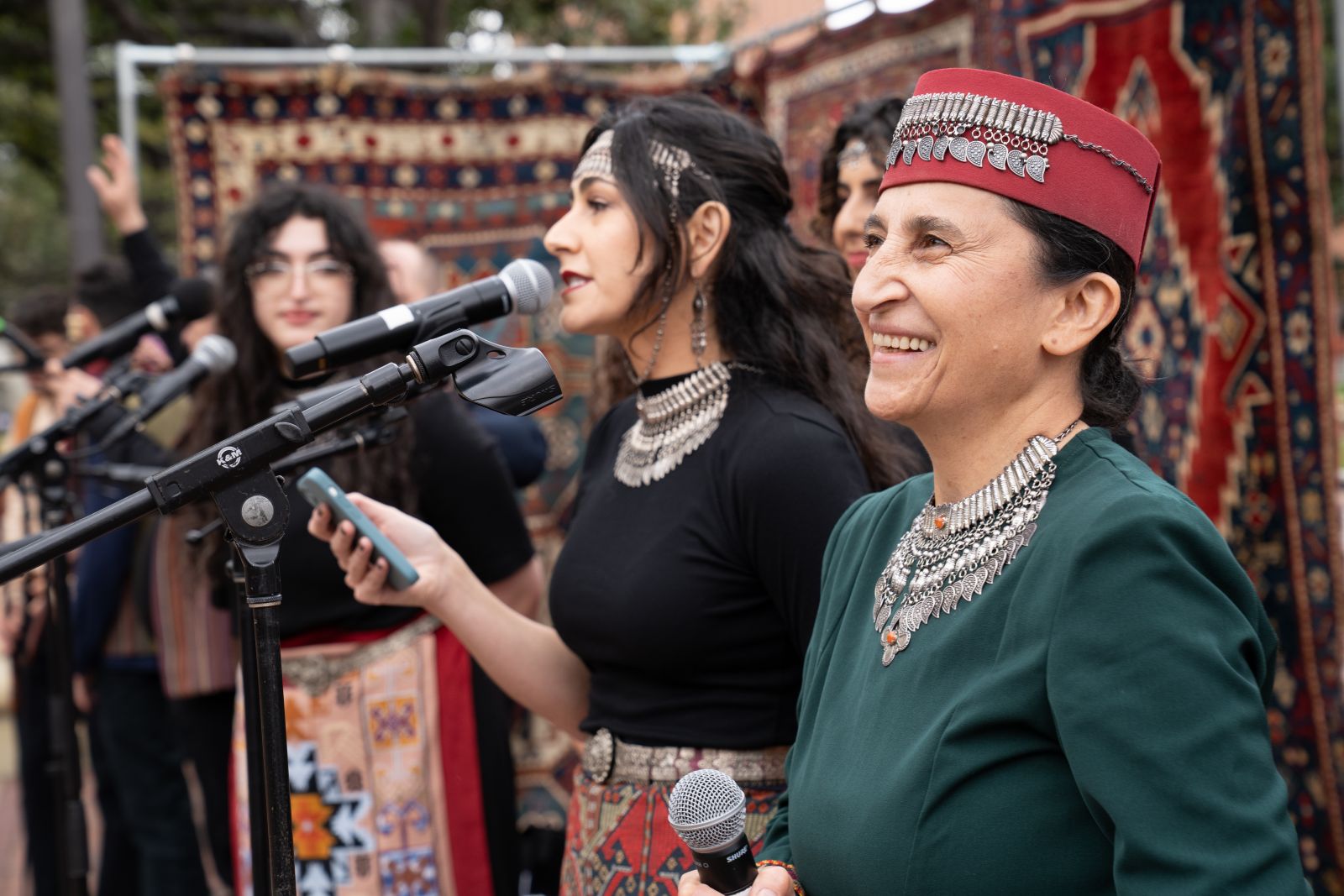
“Something USC takes pride in is being in the heart of Los Angeles; it only makes sense that the longevity of the Armenian presence in this city and the longevity of the Armenian presence in this university should be formally recognized. Also, in the last couple of years, it's been very common for universities like USC to mark heritage months; we have Arab-American Heritage Month, Asian-American Heritage Month, Black History Month, and so on.”
“It was a joint collaboration between the Institute of Armenian Studies and the Armenian Students Association, to reach out to university leadership and say “We would like to be included in the President's docket of Heritage Months,” for all of the obvious reasons, and their response was extremely positive and welcoming. The response not only by the university administration but all of our partners around the university has been extremely positive.”
The collaboration between the Institute of Armenian Studies and the Armenian Students' Association symbolizes the fusion of academic rigor and grassroots advocacy. Dr. Karapetian emphasizes the profound significance of this joint effort, emphasizing how it underscores USC's dedication to fostering dialogue and understanding across diverse cultural landscapes.
What Are the Goals?
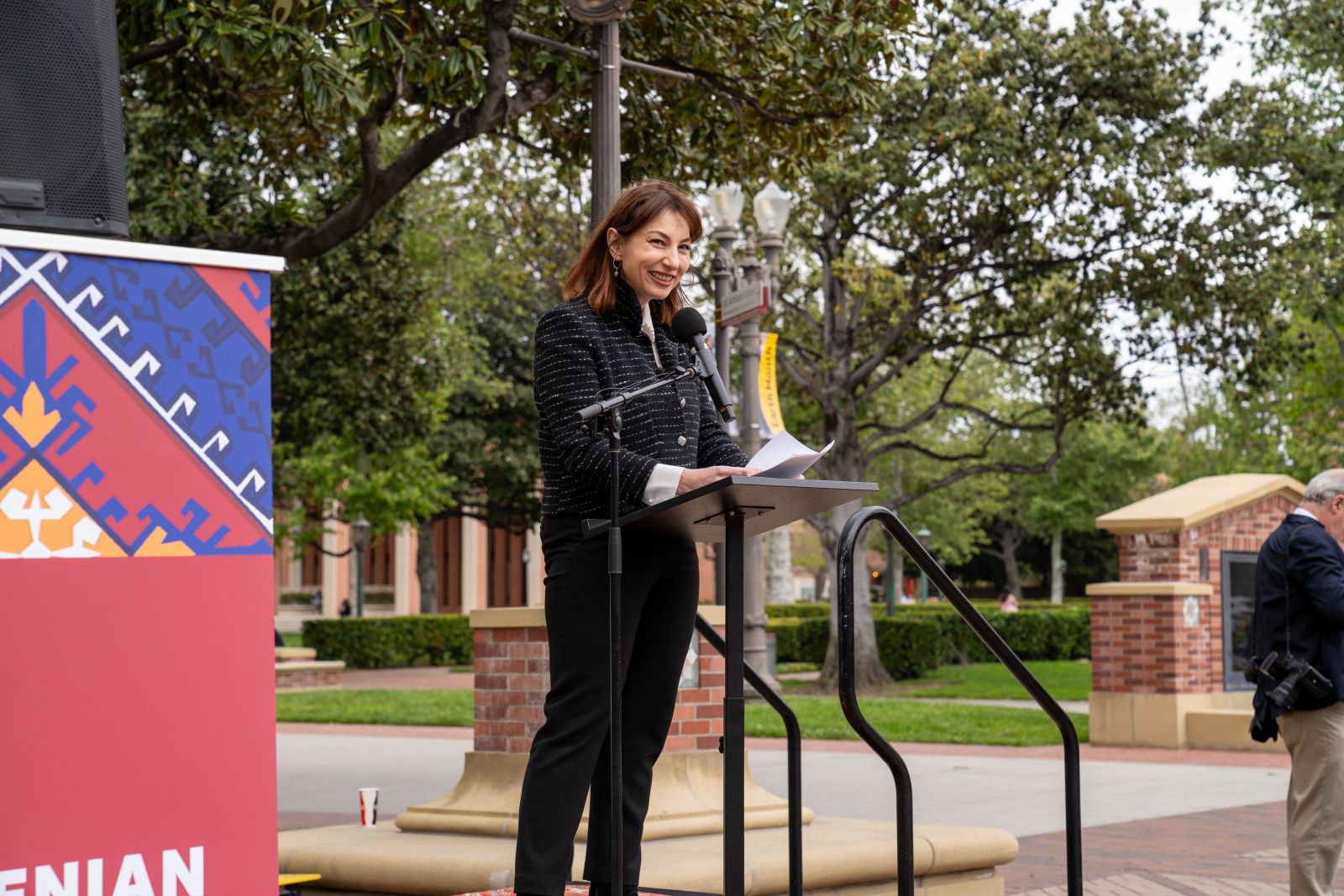
For non-Armenian members of the USC community, Armenian History Month serves as an invaluable opportunity for cultural enrichment. Dr. Karapetian articulates, "USC's core values of equity, diversity, and inclusion underscore the importance of exposing all members of the community to the multifaceted Armenian experience. By engaging with curated content that spans culinary delights, artistic performances, intellectual discourse, and linguistic immersion, participants can gain a deeper appreciation for the rich tapestry of Armenian culture."
What sets Armenian History Month apart is not just its novelty but its meticulous curation and expansive outreach. Dr. Karapetian underscores the diversity of offerings, from captivating cultural showcases and academic lectures to immersive language experiences and thought-provoking film screenings. "Our aim is to shatter preconceived notions and provide unexpected pathways for engagement with Armenian history and heritage," she notes.
In addition to immediate awareness and acknowledgment, Dr. Karapetian outlines the long-term goals of Armenian History Month. "We seek to broaden and diversify the modes of engagement with Armenian culture, transcending traditional narratives of the past to embrace contemporary expressions of Armenian identity. By surpassing expectations in terms of quality and depth, we hope to foster lasting connections and understanding," she elucidates. “There’s no conversation about “here’s who we are now, and here’s who we wanna be.”
Facts & Figures
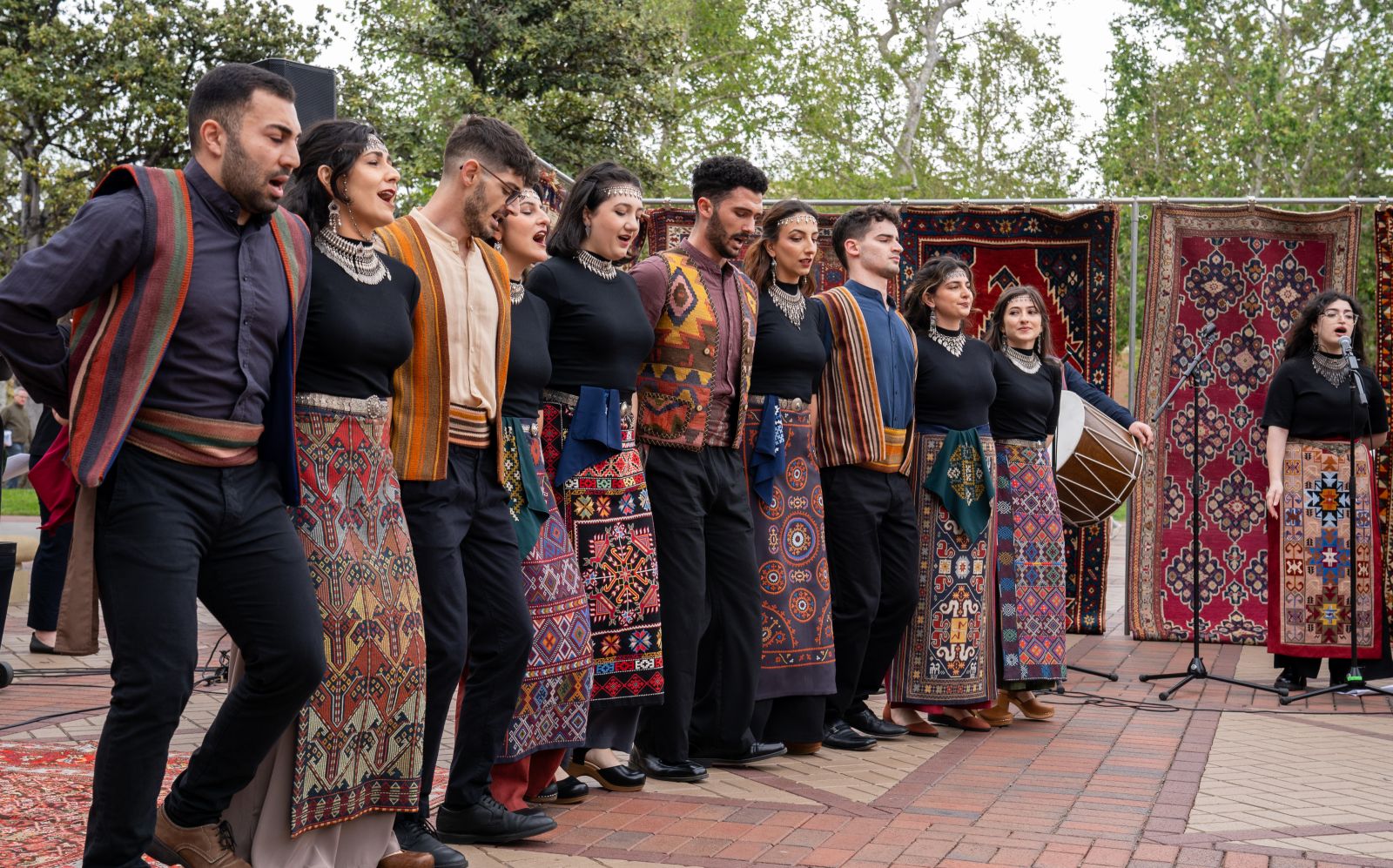
In 1917, Matthew Ferrahian graduated, became a lawyer, and was the First Armenian Republic's Consul in Los Angeles, from 1918 to 1920.
The first thesis on Armenian issues was published in 1923, at the Department of Sociology, titled A History of Armenian Immigration to America with Special Reference to Conditions in LA by Aram Serkis Yeretzian.
Zohrab Kaprielian was Chair of Engineering, Dean of the School of Engineering, and Provost of the University. “I don't think there's anyone in the history of USC who has held all three roles at once,” says Dr. Karapetian.
Mihran Agbabian, one of the founders of the American University of Armenia, was a former Head of Department at the Department of Civil Engineering.
“We’ve had many Armenian Deans, from the Music School to the Public Policy school. One of our largest student centers at USC is called the Ronald Tutor Campus Center, donated by Tutor himself, an Armenian who’s a USC grad and on the board of trustees."
Paul Krekorian, the current President of the Los Angeles City Council, was also a USC grad. “We also have two chairs, the Chair in Civil Society and Social Change and the Chair in Contemporary Armenian Studies, both exist as a result of the philanthropic work by Gerald Turpanjian,” says Dr. Karapetian. “The Armenian presence at USC, not just as students, but as leaders on this campus is really phenomenal.”
As the conversation draws to a close, Dr. Karapetian shares poignant anecdotes about the rich history of Armenian presence at USC, spanning pioneering graduates, esteemed faculty members, and influential leaders. "The legacy of Armenians at USC is woven into the very fabric of the institution, from groundbreaking research to transformative philanthropy. Armenian History Month is not just a celebration; it's a reaffirmation of our enduring impact and ongoing contributions," she concludes.
As USC prepares to embark on this historic journey of cultural celebration and reflection, Armenian History Month stands as a testament to the power of collaboration, dialogue, and recognition. In embracing the past, present, and future of Armenian heritage, USC sets a precedent for universities nationwide, reaffirming the transformative potential of inclusive cultural initiatives.
Program
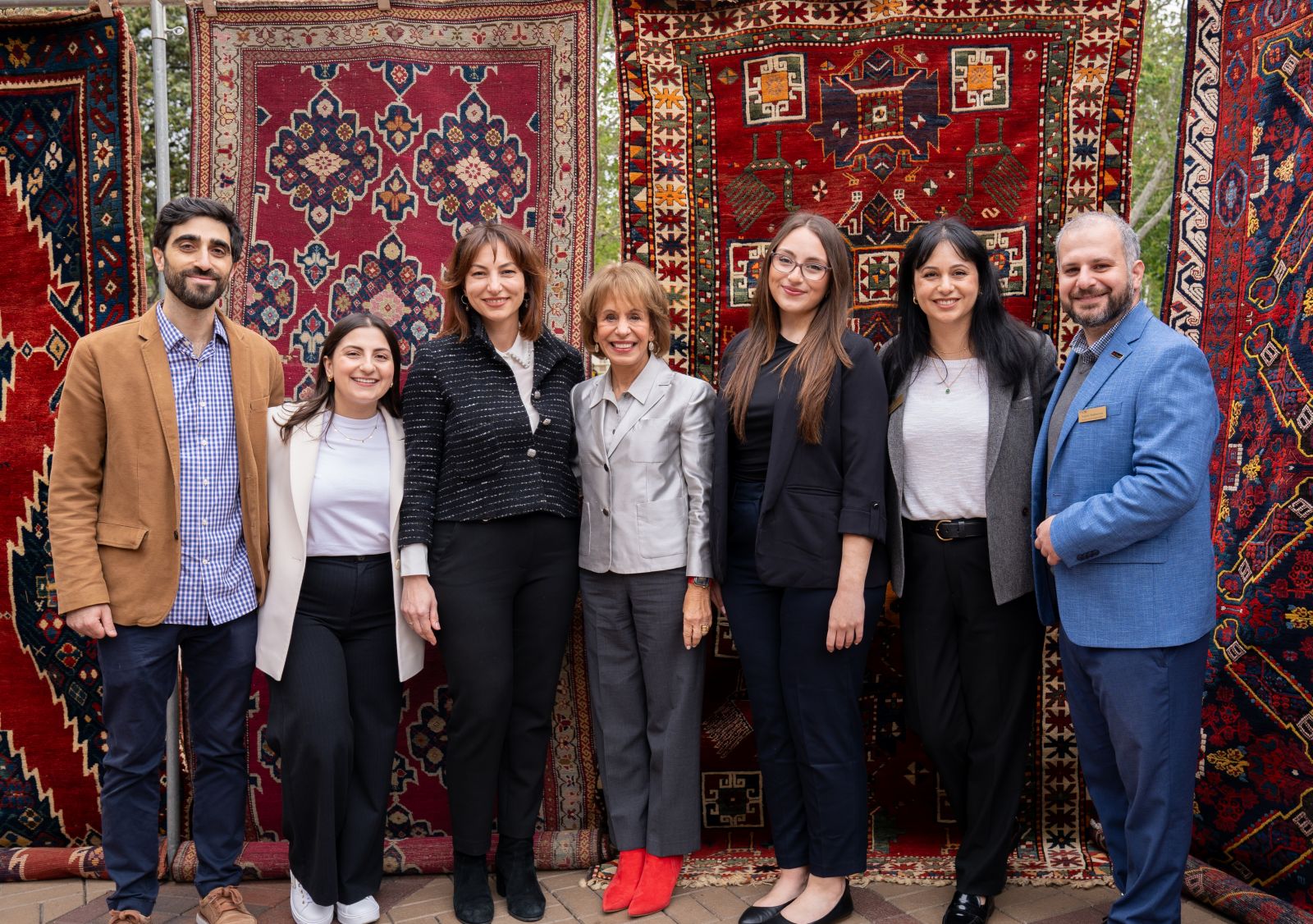
- April 4, 1:00 PM Opening ceremony with President Carol Folt featuring exciting performances and Armenian cuisine.
- April 8, 6:00 PM Cultural Showcase at the Trojan Grand Ballroom
- April 15, 5:00 PM "From the Armenian Question to the Armenian Genocide" lecture by Manuk Avedikyan
- April 17, 7:00 PM Screening and Q&A of Aurora’s Sunrise
- April 22, 3:00 PM Armenian Language Immersion with Dr. Shushan Karapetian
- April 24, 7:00 PM Joint Armenian Students’ Association Candlelight Vigil at UCLA
---
Editor’s Note: The conversation with Dr. Shushan Karapetian has been condensed for brevity and clarity while maintaining the essence of her insights and perspectives.
All images in this interview article were provided by the USC Dornsife Institute of Armenian Studies.
Join our community and receive regular updates!
Join now!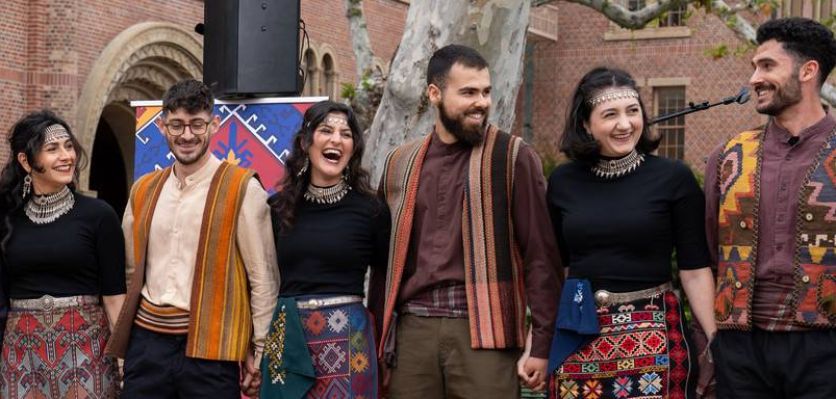


Attention!